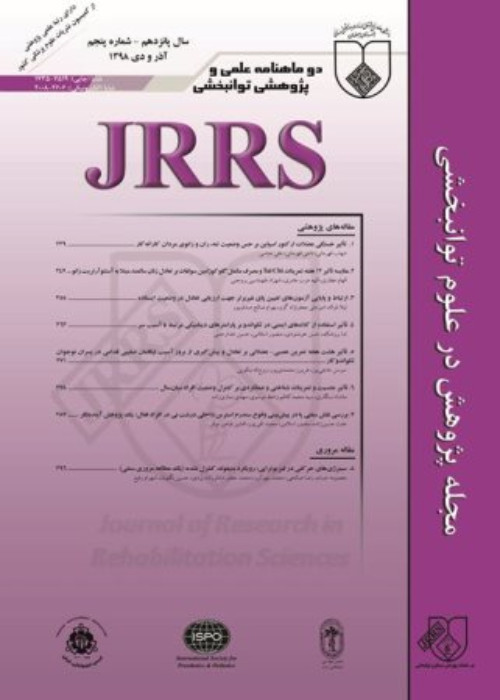The Speech Therapy Methods for Global Aphasia: A Narrative Review
Global aphasia due to extensive lesions in cortical, subcortical, and white matter of the left hemisphere is a severe acquired language disorder which disrupts all aspects of aural and written language. In the global aphasia, individual’s interaction and his social community is generally affected and he needs ongoing rehabilitation, especially speech therapy. The purpose of this study was to investigate the common speech therapy methods for global aphasia and dissuss them based on exsiting evidence to introduce the most effective treatment.
An electronic search in Web of Science, PubMed, Scopus, Medline, SID, Google Scholar, Ovid, and Magiran databases for reviewing the common speech therapy methods was performed to obtain relevant articles published from 1980 to 2020. The keywords used included “Global aphasia”, “Treatment methods”, “Intervention”, “Speech therapy”, “Communication”, and “Therapy”.
Results:
Among 19 related articles, 9 speech therapy methods have been reviewed to improve communication, expression, and comperhensive language in global aphasia. The results showed that some of them were effective and some were ineffective.
The review suggests that alternative nonverbal, augmentative, and complementary communication methods in the people with global aphasia will produce better results and techniques such as remnant books, the Melodic Intonation Therapy (MIT), and SIPARI methods have been more effective than other methods.
-
Designing and Preliminary Validation of an Azerbaijani-Turkish Grammar Comprehension Test for 4-6 Years Old Children
, Akbar Darouie*, Abbas Ebadi, Talieh Zarifian, Hourieh Ahadi
Archives of Rehabilitation, -
The Pragmatic Assessments in Children: A Narrative Review
Boshra Bahrami, Fatemeh Fekar-Gharamaleki *
Journal of Research in Rehabilitation Sciences,



